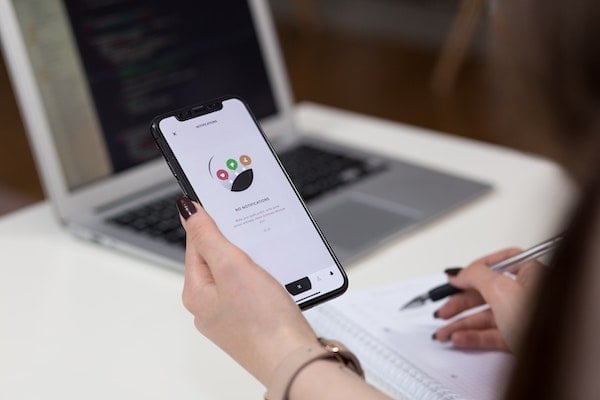Published on
Keeping it Simple in a Time of Complexity

On March 12, 2020, the Georgia Institute of Technology (Georgia Tech) announced its campus closure due to the public health crisis caused by COVID-19. In response to this crisis, Georgia Tech worked to rapidly prepare faculty and students for remote course delivery for the spring and summer semesters. Although our campus resumed in-person instruction for the fall 2020 semester, many of Georgia Tech’s courses continue to be delivered in an online or hybrid format. Even when we can safely return to fully in-person instruction, it’s likely that every post-pandemic course will have a much larger digital footprint than before.
This expansion of digital learning has and will continue to resurrect a long-asked question: how can we create seamless digital learning experiences for our students? To begin wrestling with this question, it’s helpful to consider how many learning tools our teachers and students use. At Georgia Tech, we currently have 66 third-party learning tools approved and integrated in Canvas, our learning management system. Prior to March 2020, that number was 48. Georgia Tech’s digital learning team is responsible for approving and supporting these tools, and this task is proving to be particularly resource-intensive due to constantly shifting learning needs.
Since campus closure, my educational technology team within Georgia Tech’s Center for 21st Century Universities (C21U)–a unit responsible for developing custom learning tools Georgia Tech–has developed four new learning tools. One of those tools acts as an “app store,” allowing faculty to install our C21U-built learning tools with greater ease. We built this app store in anticipation of a continued acceleration of new learning tools coming out of our shop.
As a result of this unexpected and unprecedented global shift, instructors and students are juggling more tools than ever. Teachers are using these tools to create content, manage their courses, grade assignments, check attendance, detect plagiarism, and more. And students are using these tools to take proctored exams, communicate with classmates, curate online content, and more. A single course’s systems diagram often looks more like a subway map than a course map.
In a previous blog post, Yakut Gazi and I argued for standards-based interoperability. By adhering to standards and focusing on interoperability, our tools can easily share data and content within our systems, resulting in highly personalized learning experiences. I believe now more than ever that interoperability is of critical importance and would argue for one additional strategy that can help ensure a seamless digital learning experience: keep it simple (KIS).
This argument was partially inspired by a recent Twitter thread from Stanford’s Sam Winehouse. In it, Winehouse describes his realization that the addition of each new tool to his course “meant an added layer of complexity for [students] — many of whom were struggling just to keep their heads above water.” He came to realize that the same pedagogy that worked for him in classrooms could work online as well.
For me, KIS means that before you use a new proctoring tool, you need to consider whether you can alter your assessments so that proctoring is not necessary. Before you use an audience response system in a virtual synchronous class, consider using hand signals to promote engagement. Before you use plagiarism detection tools, consider ways to promote honesty and professionalism among students. Although these alternatives aren’t always possible or equally effective, it’s worthwhile to consider them before increasing complexity in the learning environment.
Furthermore, many of us could learn a great deal from the strategies being deployed in our children’s K-12 classrooms. My daughter’s third grade class also moved online in March 2020, and I was curious to see how her teachers would navigate a digital learning environment. I was not surprised to see that they were geniuses at this new approach to education.
One example that stands out is her teachers’ solution for a Q&A forum. Rather than deploy a fancy discussion board, experiment with chatbots, or build a knowledge management system, they simply created a shared Google Doc. Students were instructed to type their questions at the top of the document, and teachers provided answers inline.
Initially, I never thought it would work; surely these students would replace others’ questions, make the document unreadable with crazy fonts and images, and ask inappropriate questions, but none of these things happened. They asked insightful questions and read all their teachers’ answers, even those that responded to others’ questions. The class was already using Google Docs in other ways, so they reused the tool for the question board rather than introduce an entirely new one.
Every digital learning experience is different, and each instance requires a unique combination of learning tools. I’m not arguing that there is a magic number of technologies that should be treated as the maximum limit in a course. I do believe that every instructor should carefully consider whether each tool is necessary before deploying it. If we can reduce the number of unnecessary digital tools used in a course by even one, we will have made our learning experience more seamless.
Disclaimer: Embedded links in articles don’t represent author endorsement, but aim to provide readers with additional context and service.
Author Perspective: Administrator



